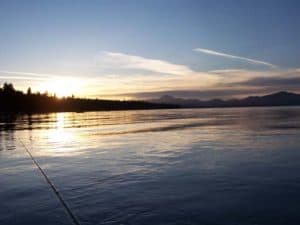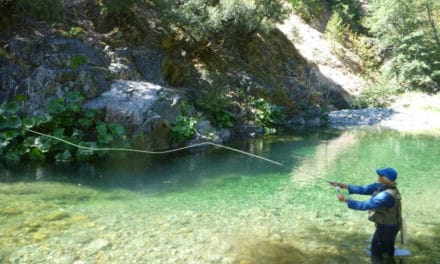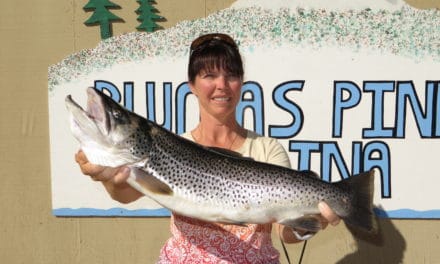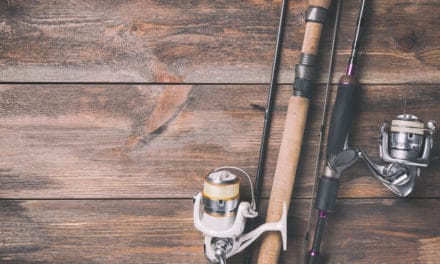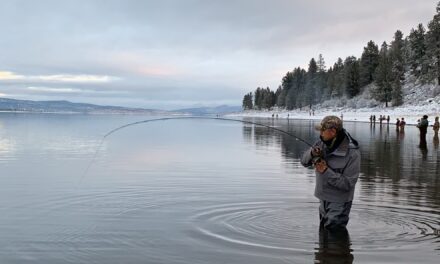Typically the third week of June transforms the Almanor basin into a vacation wonderland, welcoming visitors from throughout the state and beyond. Scents of burgers, ribs and stout steaks took over our RV park as visitors mingled in their friendly fashion. When summer sunshine began to fade on the west shore skyline, fishermen from all over the park ventured out to their boats. One patio boat carried several men including a last minute boarder, barely making the boat after work in Westwood. Another rushed in from Susanville in the nick of time. This evening they did not have to venture far; several hot spots were expected on the lake this evening and for several more evenings to follow.
THE HATCH
It’s the annual hex hatch at Lake Almanor and even if you are not a fisher, it is something to see. As the sky turns to dusk, as if out of nowhere, duns float up to the water’s surface, hatch and fly away. It is a phenomenon to witness and one I will not soon forget. For the fishermen too, it is unforgettable as it seems to make the the fish go crazy, jumping and biting like mad. Most of the guys I spoke with, return every year, for as many evenings as they can, for this fish feeding frenzy. It doesn’t last long. Strings of fishing boats leave the marina just as the sun fades, get positioned for dusk, fish like crazy, then return about an hour later.
HEX HATCH FISHING FACTS
• Each year as the Hexigenia hatch and fly off the surface of Lake Almanor, fish go into a feeding frenzy. If you can manage to place your fly in just one of the many feeding lanes, you should be in for a great fight.
• Each year the hatch usually occurs between the end of June and the first part of July, although no one I spoke with wanted to predict it. Ask around or check in at The Sports Nut. This shop also publishes a regular fishing report for anglers visiting the Chester area. Word spreads quickly when the hatch is on.
• There is no need to get up early for this event since the flies do not hatch until dusk.
• The nicer the day, the better the hatch will usually be. If it is a cold and rainy day, the chance of seeing a big hatch of bugs is minimized.
• Under good conditions, duns may be seen rising off the water around 7:00 pm but this is just the false hatch. The real hatch will not start until the sun starts to go down.
GEAR:
A standard 5 or 6 weight fly rod will suffice along with a floating forward taper. One good thing about fishing the hatch is that you won’t need an extremely long leader section. Since you are fishing after dark and because of the mass of activity on the water, fish will not be as wary of your fly line. A 7 1/2 foot leader should do just fine and a short stout tippet section is recommended when you are trying to catch big brown trout with good size teeth.

